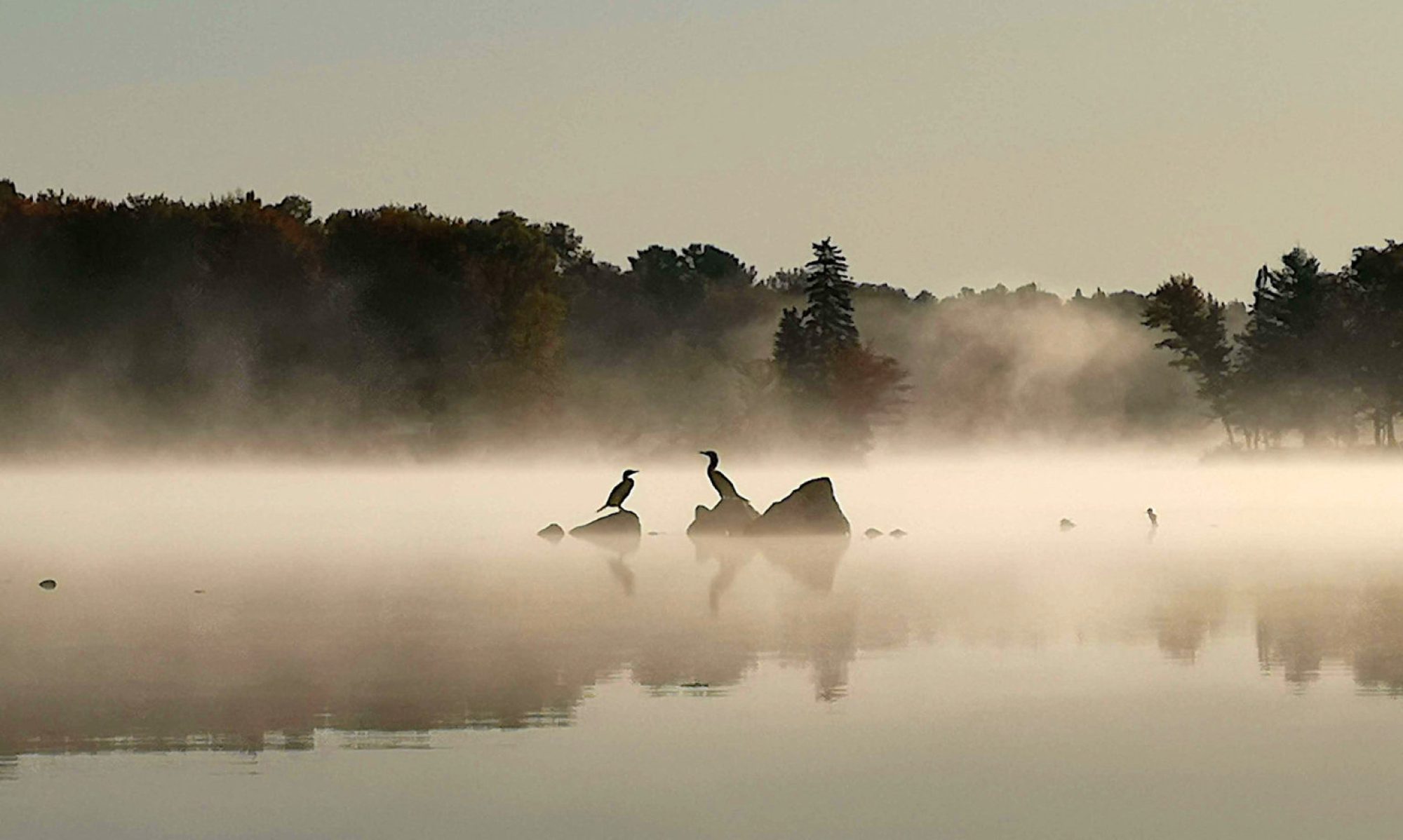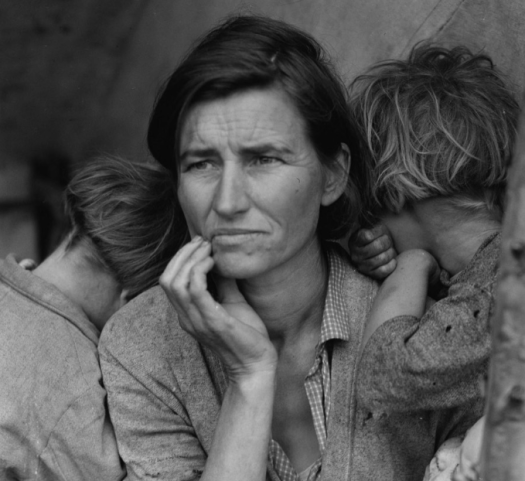It’s an odd feeling to have an otherwise unremarkable passage you wrote appear as an exhibit in a case of plagiarism, especially when those accusations relate to the former executive editor of The New York Times, and especially when the allegedly plagiarized passages appear in a book about the state of modern media and journalistic ethics. And yet, here we are. Just to recap, a chunk of a blog post I wrote for CJR in May of last year, about Facebook cracking down on “low quality” news, appears with what are arguably minor alterations in former Times executive editor Jill Abramson’s book “Merchants of Truth.” I know this because Michael Moynihan, a correspondent for Vice News Tonight on HBO, collected a number of examples of alleged plagiarism in a Twitter thread on Wednesday, and my blog post was one of them.
Do I feel as though something has been stolen from me? Not really. It was a fairly factual description in a fairly factual blog post, not something creative that I agonized over for weeks. And yet, it’s still irritating that there’s no mention of where it appeared at all. Would it have been that hard to say “as mentioned in CJR?” That would have been nice. And that’s in part what plagiarism is — it’s not a law, it’s more of a standard of behavior that we hopefully aspire to, especially as journalists. It may be an antiquated concept with all the aggregation that happens in our current media environment, but this isn’t a quickly lashed-together blog post, it’s a book by the former executive editor of The New York Times, who theoretically should know better. And it undoubtedly reminds some (including me) of the nonchalance with which that newspaper often does stories that other news outlets have covered without mentioning or linking to them, something the paper’s own public editor referred to as a failing.
There also appear to be much more egregious examples than the one involving me. In all, Moynihan listed six examples in which material from other places appeared with relatively minor alterations in Abramson’s book, and he only looked at the chapters that referred to Vice. That’s six examples from two chapters. Writer Ian Frisch also posted more than half a dozen examples from the book where large sections from a piece he wrote about Vice — a piece that was only ever published on his personal website — were used, including quotes from interviews he did. Frisch later noted that while credit is given in the end notes of Abramson’s book, “the endnotes do not go into the depth of how much this section about Thomas relied on my article. She quotes Thomas as if he’s speaking to her directly. This would not fly for a mag article.” Moynihan noted that at least two of the examples he gave — including one where a paragraph was used virtually verbatim — were not cited in the book’s end notes at all.
In a response on Fox News, where she was being interviewed by Martha MacCallum, Abramson said “I most certainly did not plagiarise in my book,” but later added on Twitter that she takes the allegations seriously and would “review the passages in question.” She also said she “endeavored to accurately and properly give attribution to the hundreds of sources that were part of my research,” and that the attacks on her book from Vice staff reflected their unhappiness with her portrayal of the company, which she referred to as “balanced.” Her publisher, Simon & Schuster, which paid a rumored $1 million for the rights to the book, issued a statement saying the book was “exhaustively researched and meticulously sourced,” but that if any changes or attributions were necessary, “we stand ready to work with the author in making those revisions.” (I reached out to Abramson for comment but as of publication time had not received anything. If I do get a response, I will add it here).
A number of people have defended Abramson’s approach, including NYU law professor and intellectual property expert Christopher Sprigman, who said that the “so-called plagiarism controversy is fake,” since Abramson just took “basic facts and re-phrased them.” True plagiarism, he said, is taking others’ original ideas or distinctive expressions without credit. But while that may be the way some people see the concept, it’s not the way Jill Abramson described it when she was the managing editor of The Times, when the newspaper was accused of plagiarizing two sentences from a piece written for The Miami Herald. Even though the sentences were factual, Abramson told Slate writer Jack Shafer that the Times writer had committed plagiarism. “I think when you take material almost word-for-word and don’t credit it,” that qualifies as plagiarism, she said.
There’s no question that the word “plagiarism” has a fairly wide range of definitions, depending on who is doing the defining. A guide to how to avoid plagiarism published by Sprigman’s university, for example, has 11 different variations on the term, including The Ghost Writer and The Misinformer. It defines what it calls the “too-perfect paraphrase” as when a writer cites a source “but neglects to put in quotation marks text that has been copied word-for-word, or close to it.” And as Moynihan mentioned, at least two of the sections that Abramson used that are virtually verbatim — a section from Malooley’s Time Out article and one from the Ryerson Review of Journalism magazine in Toronto — are not referred to in the end notes at all. It’s not that doing this should be considered a capital crime, it’s more that if you’re the former executive editor of one of the leading journalistic institutions in the country, and you’re writing a book at least in part about journalistic ethics, you should maybe be held to a somewhat higher standard than if you were a freelancer writing your 15th blog post of the day.






